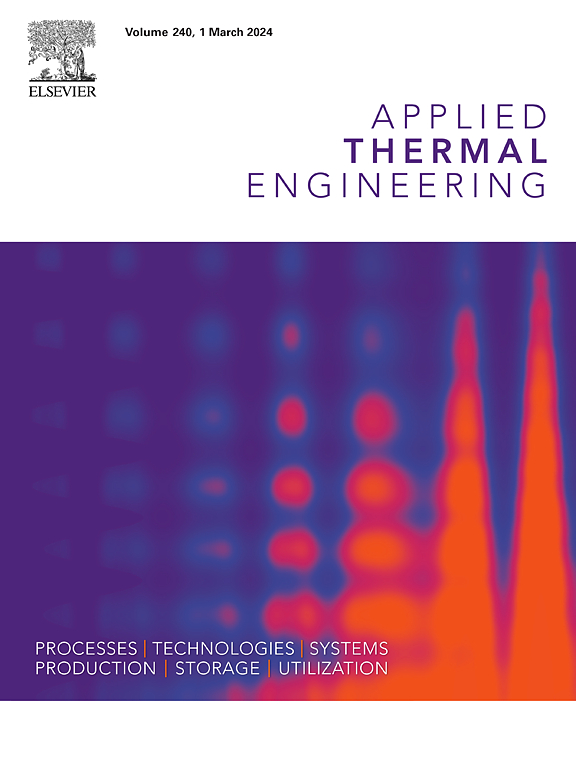Dynamic flooding management strategy for automotive proton exchange membrane fuel cell system using cathode membrane water content
IF 6.1
2区 工程技术
Q2 ENERGY & FUELS
引用次数: 0
Abstract
This paper presents a dynamic model for a Proton Exchange Membrane Fuel Cell (PEMFC) system for vehicular applications, focusing on membrane humidity regulation through external humidification and air supply management. The key innovation of this study lies in the introduction of a novel feedback control strategy that uses cathode membrane water content as a control signal, replacing traditional cathode relative humidity (RH) measurements. This approach enables effective management of humidity levels exceeding 100%, ensuring optimal hydration while preventing flooding. The model incorporates key components, including the fuel cell stack, air compressor, humidifier, and bypass valve, to simulate system behavior under varying operating conditions. Results show that increasing current density leads to liquid water accumulation at the cathode, resulting in flooding, while adjusting the bypass valve open ratio significantly affects humidity levels. Lower ratios raise cathode humidity and risk flooding, while higher ratios lead to insufficient membrane hydration. This study’s novel control strategy offers a significant advancement in maintaining cathode relative humidity at 100%, avoiding flooding, and improving overall fuel cell performance in vehicular applications.
利用阴极膜含水量的汽车质子交换膜燃料电池系统动态水浸管理策略
本文建立了车用质子交换膜燃料电池(PEMFC)系统的动态模型,重点研究了通过外部加湿和送风管理来调节膜的湿度。本研究的关键创新在于引入了一种新的反馈控制策略,该策略使用阴极膜含水量作为控制信号,取代了传统的阴极相对湿度(RH)测量。这种方法可以有效地管理超过100%的湿度水平,确保最佳的水合作用,同时防止水淹。该模型结合了关键组件,包括燃料电池堆、空气压缩机、加湿器和旁通阀,以模拟不同操作条件下的系统行为。结果表明,增大电流密度会导致阴极处液态水积聚,导致水淹,而调节旁通阀开启比会显著影响湿度水平。较低的比例会增加阴极湿度,有发生水淹的危险,而较高的比例会导致膜水化不足。这项研究的新控制策略在将阴极相对湿度保持在100%、避免水浸和提高车辆燃料电池的整体性能方面取得了重大进展。
本文章由计算机程序翻译,如有差异,请以英文原文为准。
求助全文
约1分钟内获得全文
求助全文
来源期刊

Applied Thermal Engineering
工程技术-工程:机械
CiteScore
11.30
自引率
15.60%
发文量
1474
审稿时长
57 days
期刊介绍:
Applied Thermal Engineering disseminates novel research related to the design, development and demonstration of components, devices, equipment, technologies and systems involving thermal processes for the production, storage, utilization and conservation of energy, with a focus on engineering application.
The journal publishes high-quality and high-impact Original Research Articles, Review Articles, Short Communications and Letters to the Editor on cutting-edge innovations in research, and recent advances or issues of interest to the thermal engineering community.
 求助内容:
求助内容: 应助结果提醒方式:
应助结果提醒方式:


